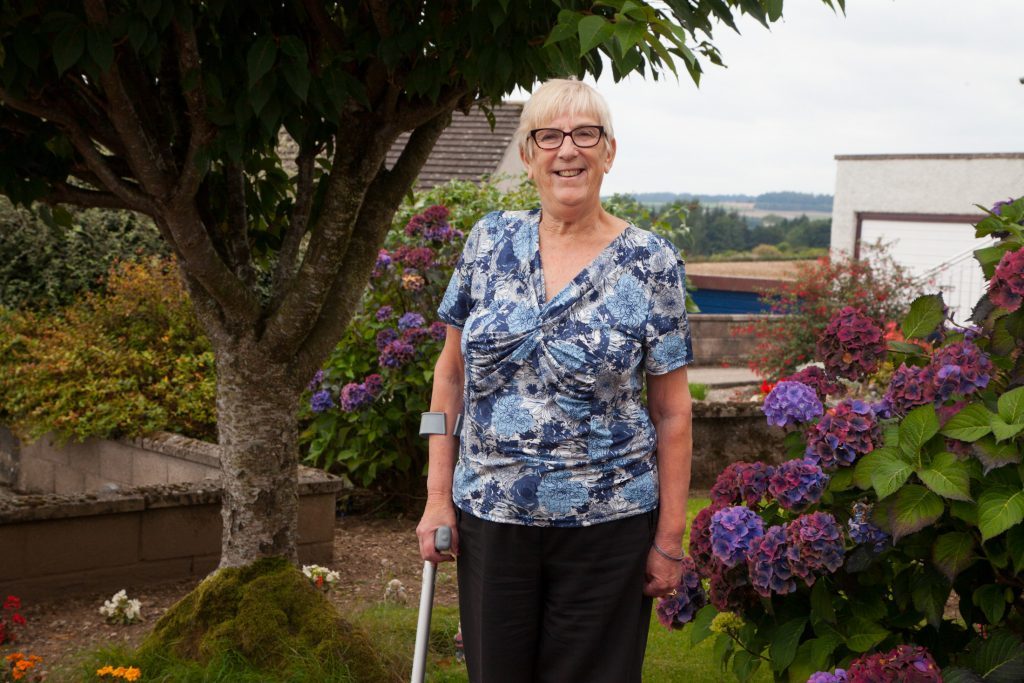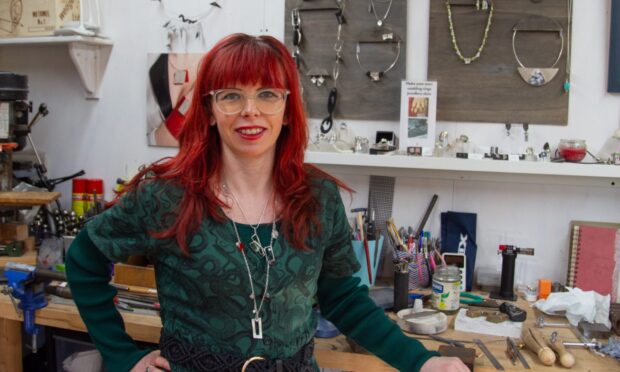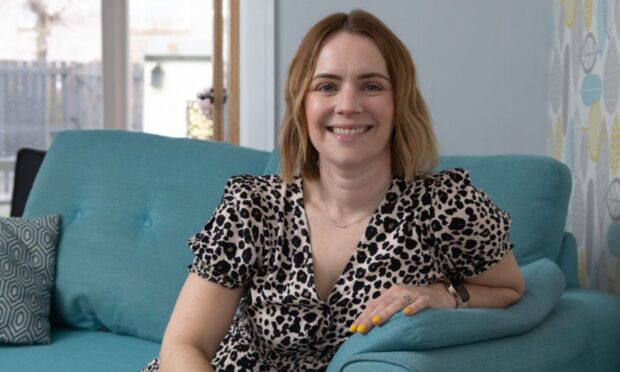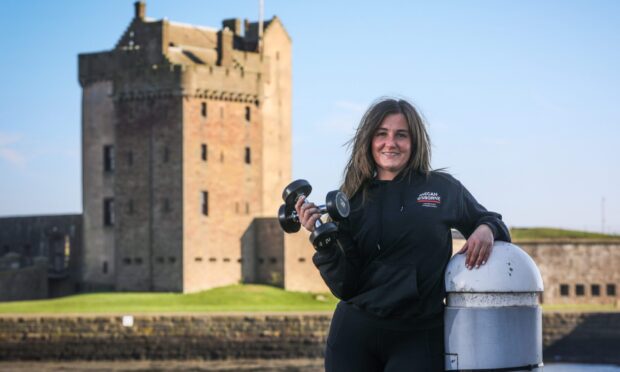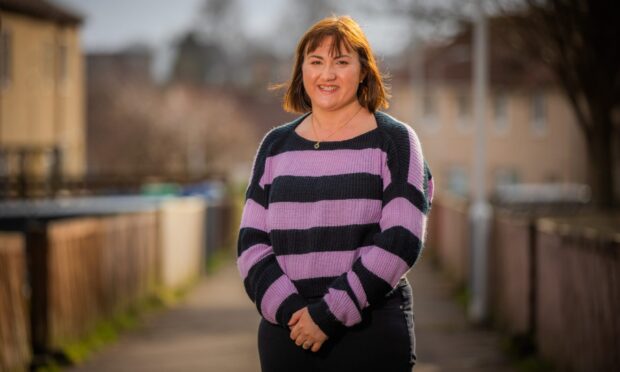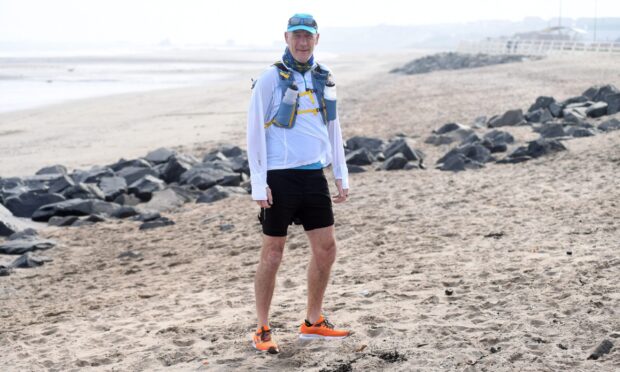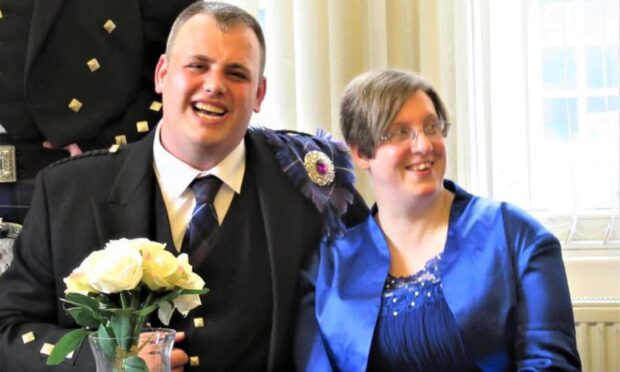Imagine inheriting a disease which causes progressive degeneration both physically and mentally, for which there is no cure.
This is the reality of Huntington’s disease (HD), a genetic disorder that causes changes to muscle control, thinking processes and can lead to long-term mental health issues.
Prevalence of HD has increased threefold in the last 20 years as scientists are better able to collect information about the numbers of people with the condition. There are around 1,100 men, women and children in Scotland living with the condition but as many as 5,000 could be potentially at risk.
Scottish Huntington’s Association (SHA) is the only charity in Scotland dedicated to helping people affected by the hereditary neurological condition.
John Eden, chief executive of SHA, explains that each child of someone diagnosed with HD is at 50% risk of developing the condition themselves. The disease is caused by a mutation in either of an individual’s two copies of a gene called Huntingtin (sic).
“The average age of onset is between 33 and 45, but there is a juvenile form of the disease which can begin at any age,” he says.
There is currently no cure for HD and those living with the condition will require 24 hour care as it progresses into its later stages.
“There is a ‘ripple effect’ across families with partners becoming carers over many years – 80% of children will also become carers,” says John.
So why isn’t HD as well known as conditions like cancer and dementia?
“It’s a combination of the stigma that surrounds the condition, the fact that it is relatively rare and, unlike motor neurone disease, there are no high profile individuals who live with the condition.
“The folk singer Woody Guthrie is probably the highest profile person to have been affected by HD. He died of the disease in 1969,” John explains.
The SHA is hopeful that care for HD patients will soon be standardised across the whole country and improve the consistency of treatment and support.
In the meantime, the charity is always looking for fundraisers and volunteers.
To find out more, visit www.hdscotland.org
Case Study: Sandra Strachan, Forfar
The first inkling Sandra Strachan,70, had that something wasn’t quite right was when she was playing golf with her friends and noticed she wasn’t performing at her best.
“My friends noticed too and I also felt as if I was walking to the side all the time, which made me feel self-conscious,” Sandra, who lives in Forfar, explains.
“Shortly after that I went to the doctor who referred me to a neurologist.”
An MRI scan followed and Sandra found it very difficult to lie still – she would soon find out this is a symptom of Huntington’s.
Earlier this year a blood test and a DNA test confirmed that she had the rogue gene for Huntington’s, inherited from one of her parents.
Sandra is keen to get the word out and raise awareness about this rare terminal condition and the severity of its symptoms.
“Huntington’s disease is very different from any other because, being genetic, it affects the whole family,” she explains.
“I was left feeling very isolated because my family had to go through months of counselling before my grandchildren could be told that that Granny had Huntington’s. It was hard keeping my Huntington’s bracelet hidden from her.
“I want people to know that Huntington’s is just as devastating to my family as cancer or dementia because of the genetic link and because at the moment there is no cure.
“I didn’t ask to get Huntington’s but if I can increase awareness of the condition and help raise vital funds then some good will have come out of it.”
The “ripple” effect
Living with HD over a period of time will cause distress at times while other times can feel completely manageable.
Talking about worries and problems can be very beneficial.
Possible signs and symptoms that develop when someone is isolated are general ill-health, increased risk of drug/alcohol use, reduced confidence, lower self-esteem, anxiety or depression, and shortened attention span or increased forgetfulness
Activities to reduce social isolation should be appropriate for the individual person and not just based on more contact with people.
One of the most important things as a carer is to take care of themselves.
For carers often the hardest thing is seeing the loss or change in former personality.
Learning how to manage their own stress through relaxation techniques, meditation or deep breathing can help reduce stress and boost mood and energy levels.
Carers should stay socially active, talk to others in similar situations and join a support group.

